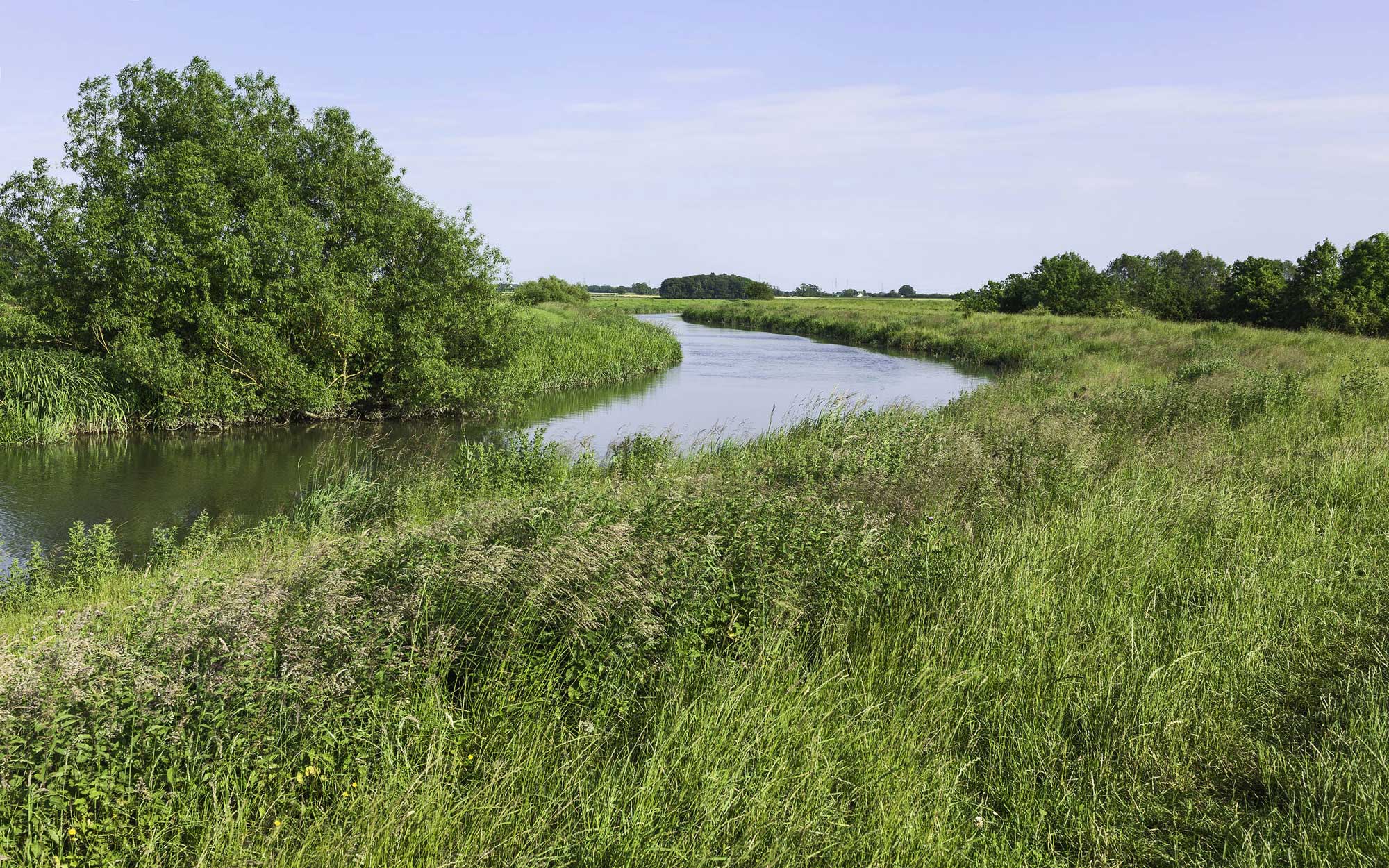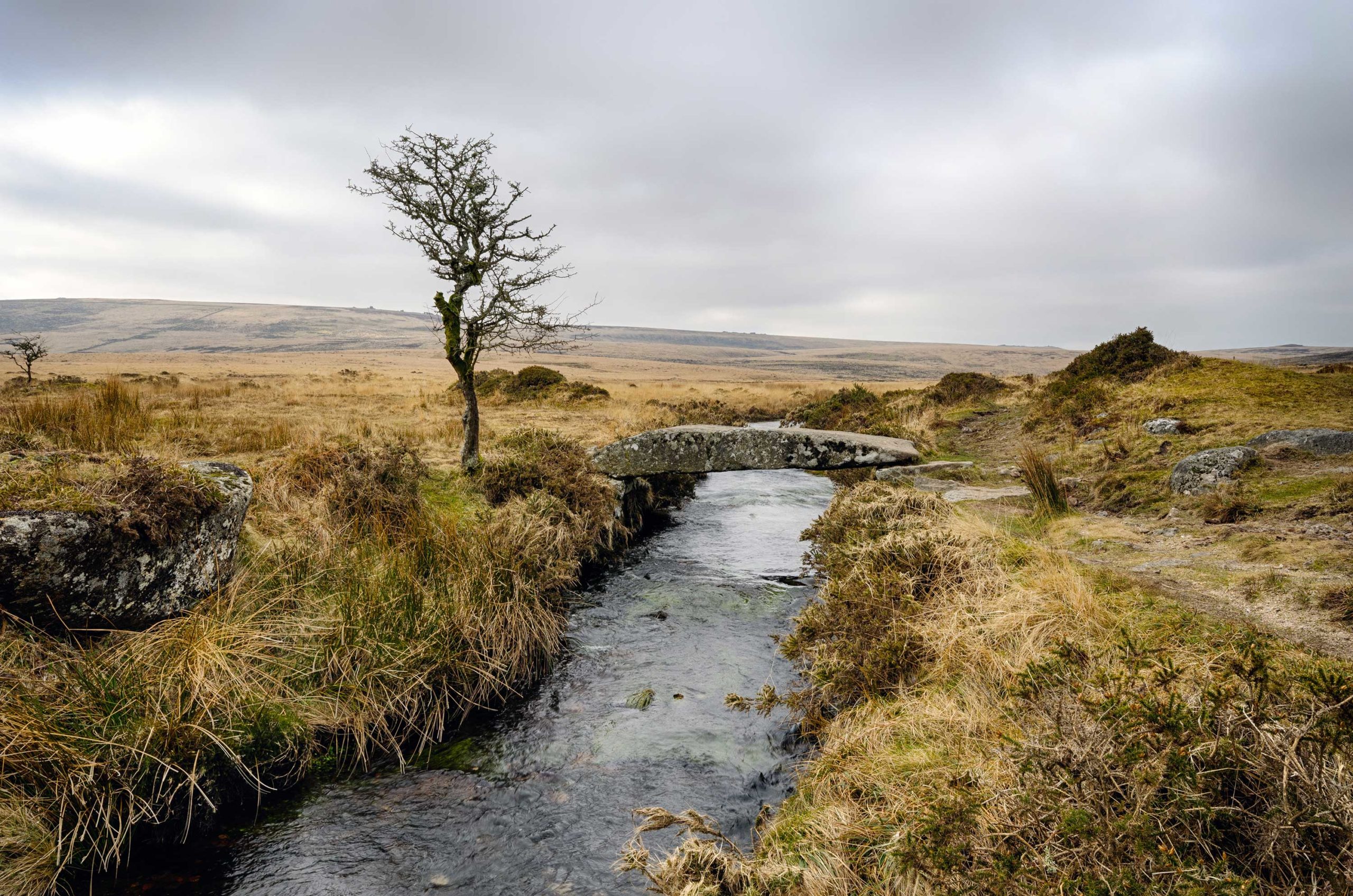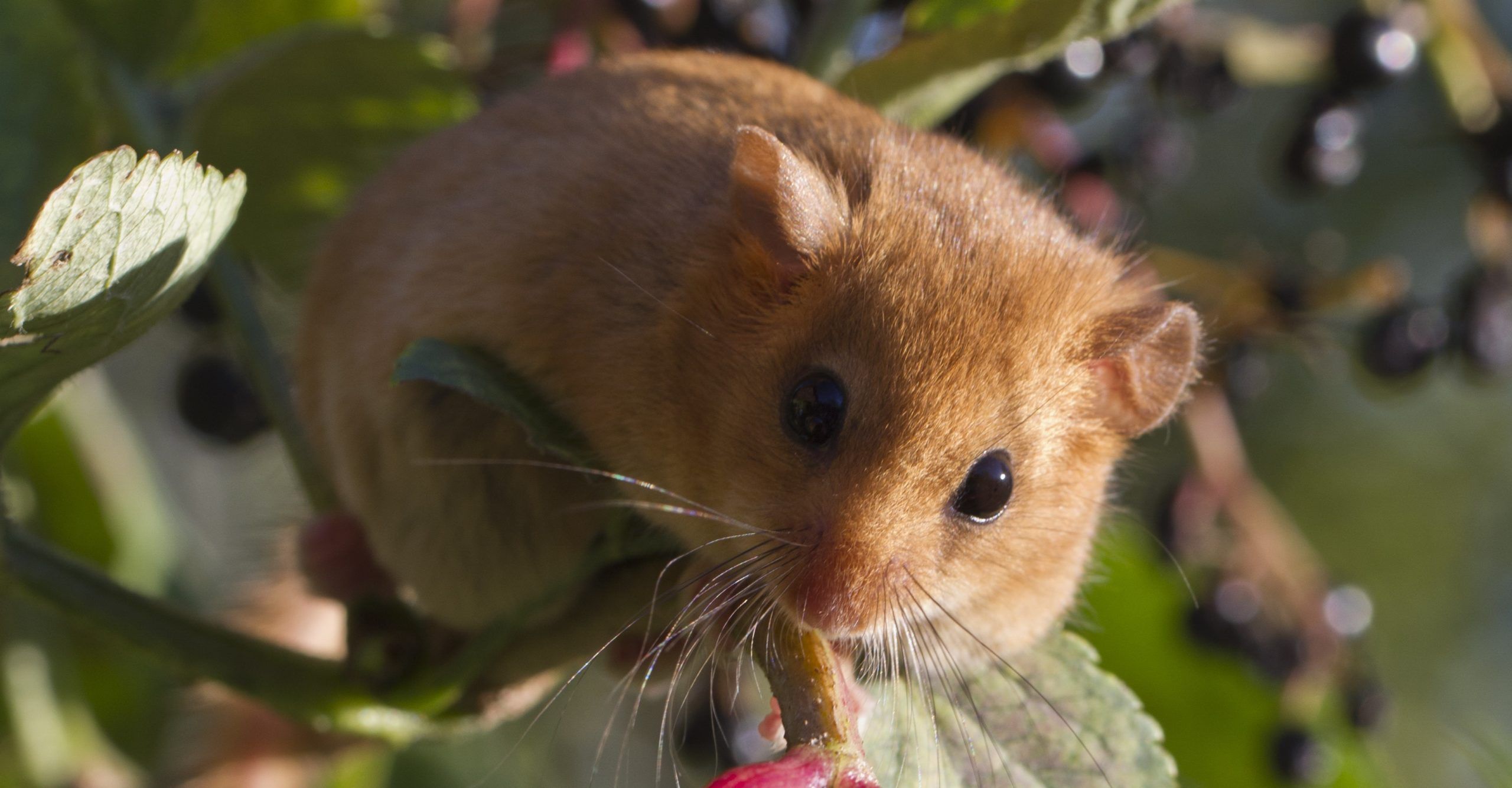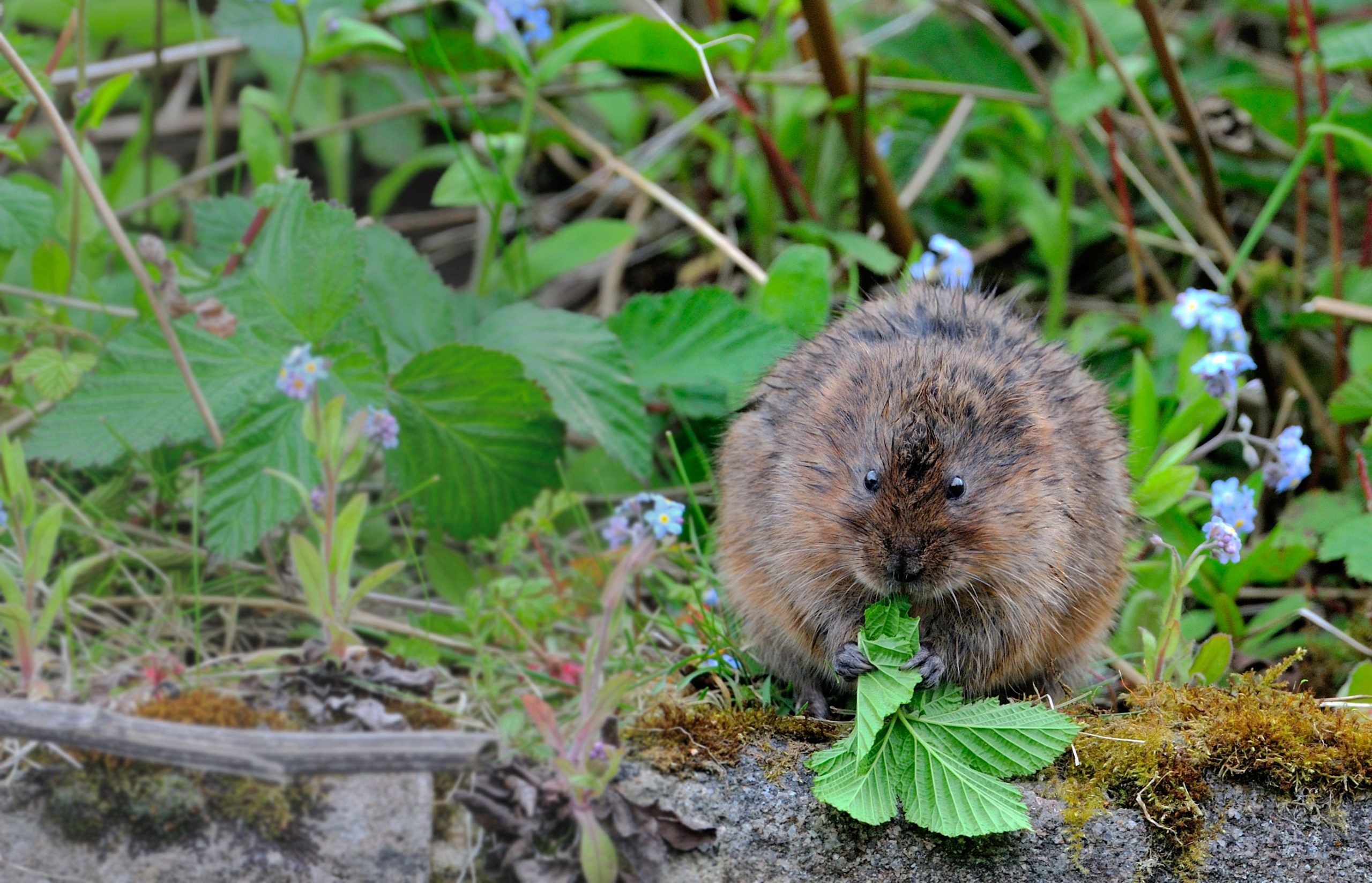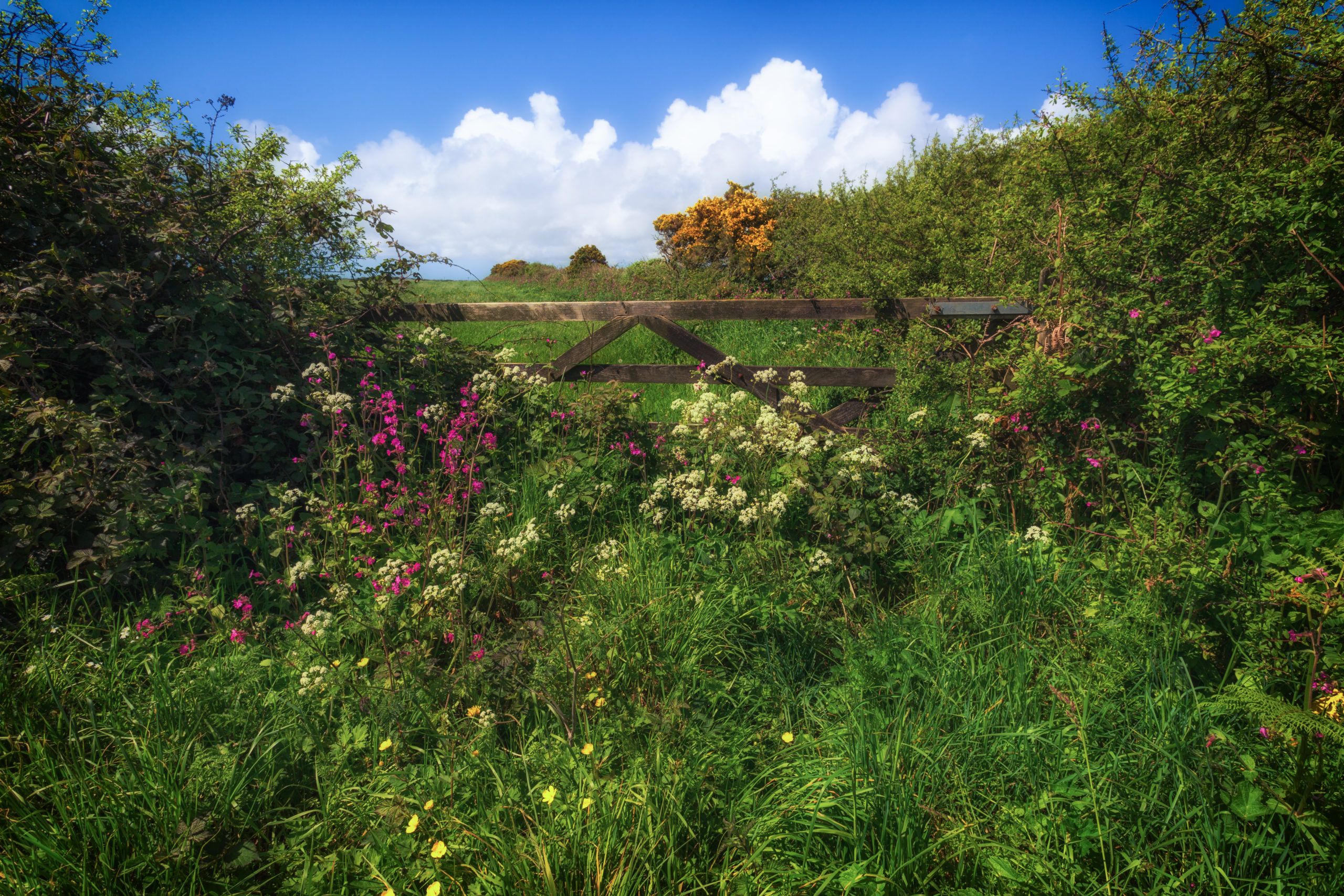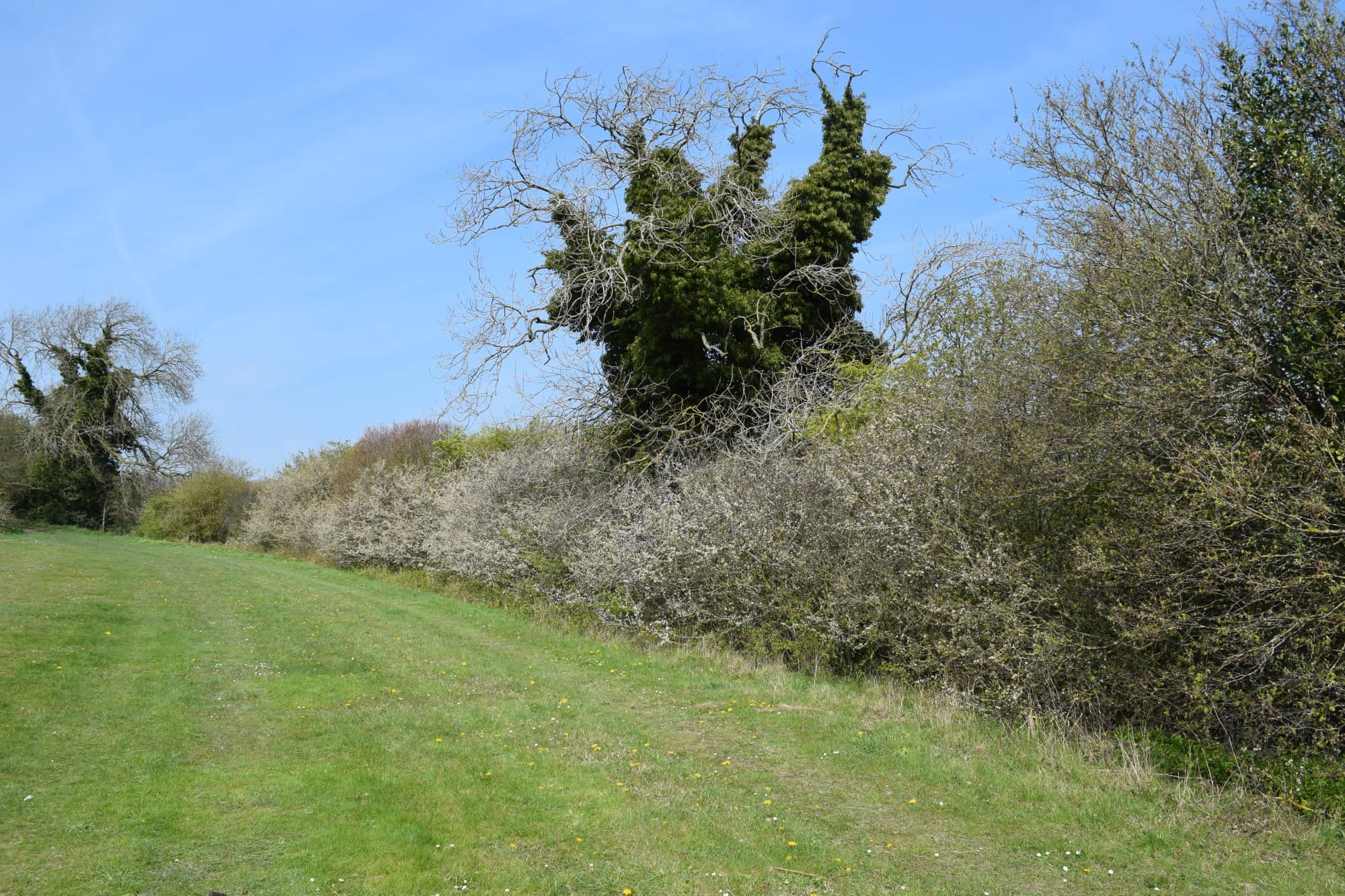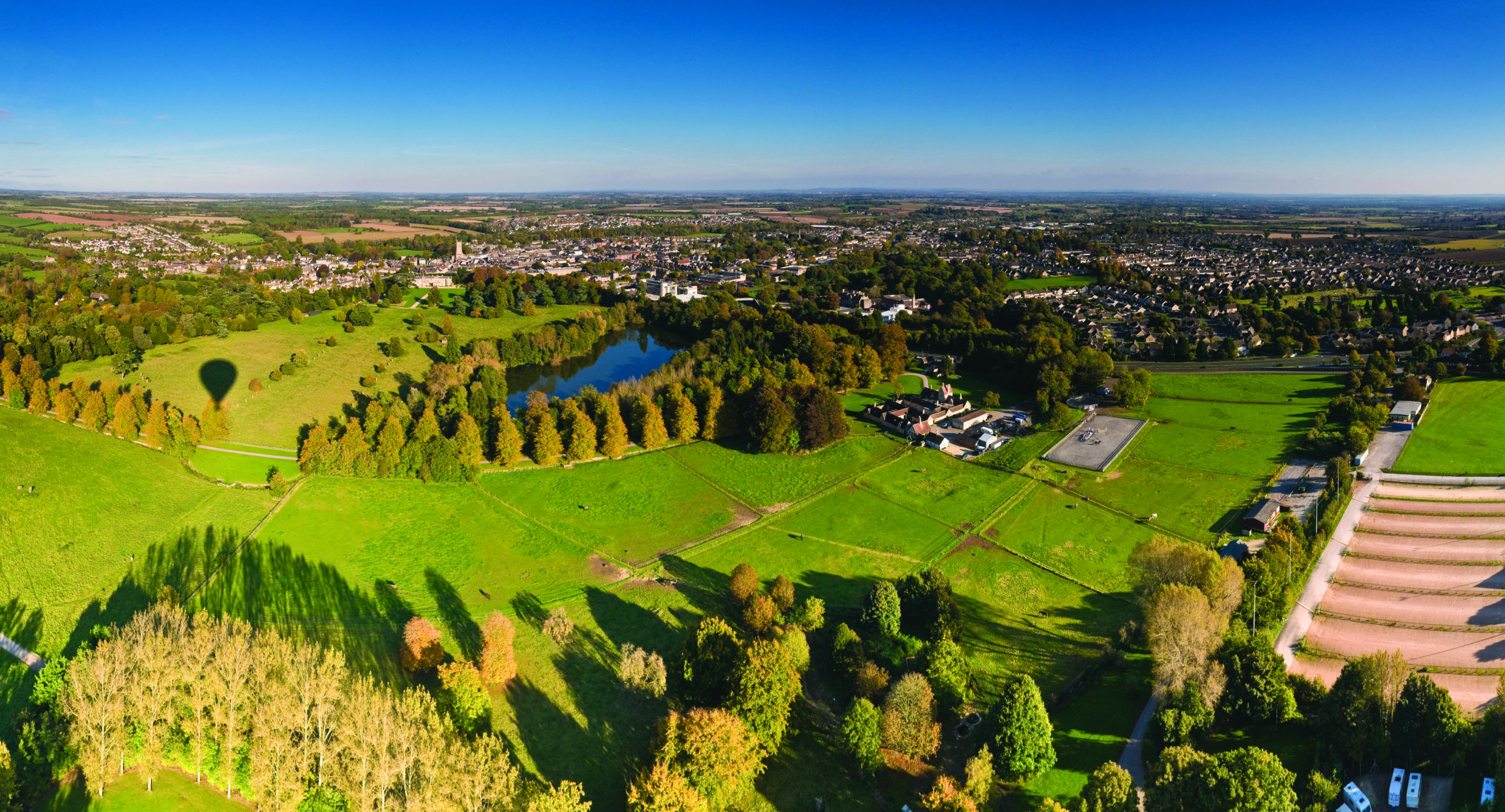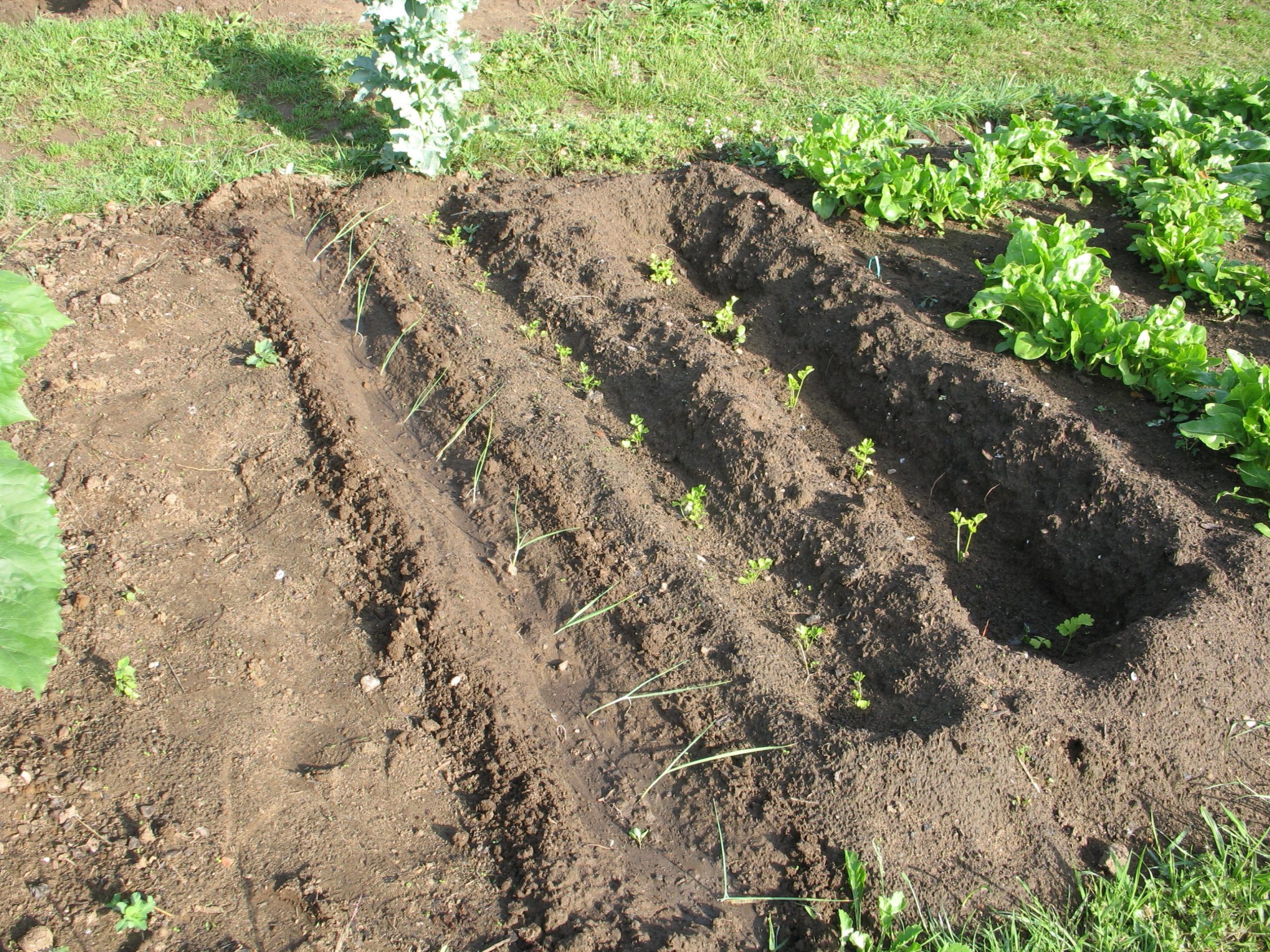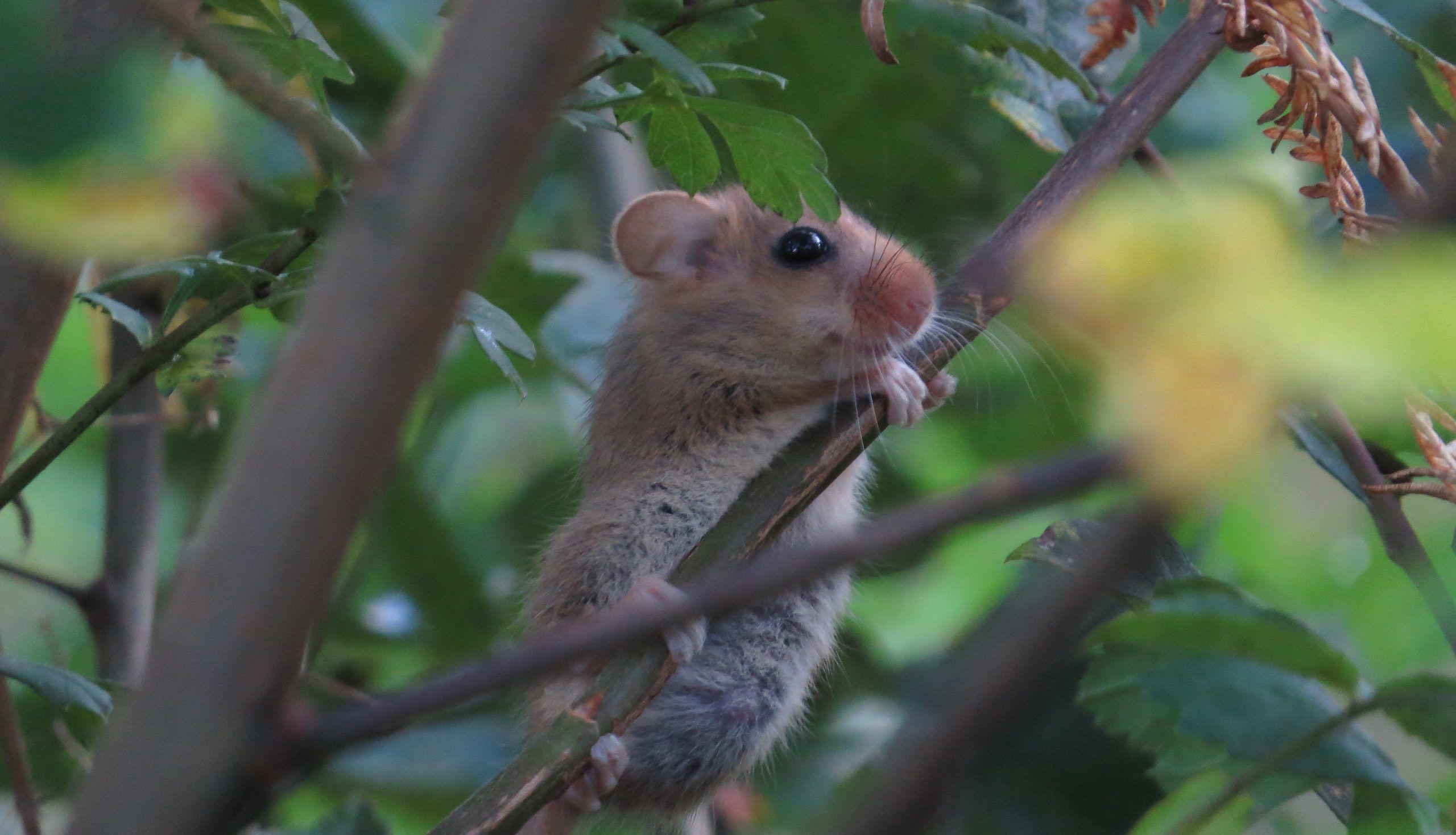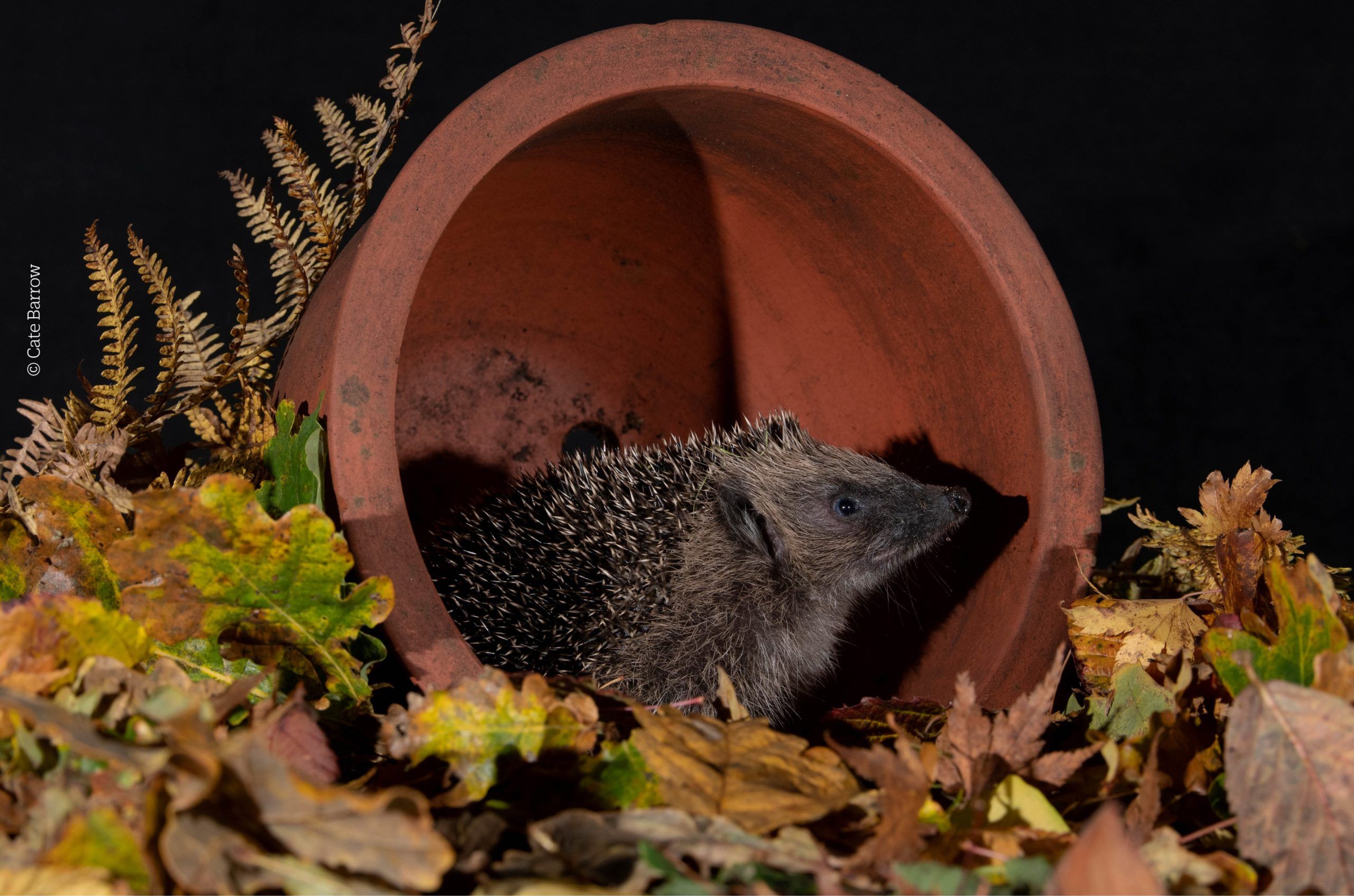Search by topic
27 June 2022 People’s Trust for Endangered Species (PTES), a UK conservation charity created in 1977, is ensuring a future for endangered species around the world. PTES protects some of …
Read article...Wildlife conservation NGOs issue two open letters to oppose a review of the Wildlife and Countryside Act 1981, which could undermine decades of work to restore and protect threatened species. …
Read article...‘Northern stronghold’ for rare hazel dormice created in Lancashire This week, a unique partnership of 10 organisations are coming together in an attempt to bring hazel dormice back from the …
Read article...39 endangered hazel dormice are reintroduced into an ancient woodland in Lancashire This reintroduction follows the milestone reintroduction in 2021 that saw 30 hazel dormice (including the UK’s 1,000th) being …
Read article...The Aral Sea in Central Asia is synonymous with ecological and socio-economic collapse. At the centre of this region lies, what until the sea largely vanished, used to be an …
Read article...Country-wide effort needed to save Britain’s fastest declining mammal Forget the Easter Bunny, this Easter is all about water voles! Wildlife charity People’s Trust for Endangered Species (PTES) is calling …
Read article...The Nature Recovery Green Paper, which Defra published on 16 March 2022, includes sections on consolidation and rationalisation of species protection and the creation of a new tiered approach to …
Read article...Spring is well underway and hedges across the countryside are rich with colours and sounds as blossoms emerge and wildlife awakens. This time of year provides a really great opportunity …
Read article...House building efforts in the UK are a constant source of contention. Too many? Too few? Whatever the case, it’s undeniable that development all too often affects our wildlife and …
Read article...Peat extraction is devastating for biodiversity and the climate If you have ever owned a house plant or planted something in a garden, it was almost certainly grown in a …
Read article...An encounter with a dormouse During a recent trip to one of our Nottinghamshire dormouse woodlands I happened to stumble upon another wild dormouse nest. It was hidden amongst a …
Read article...Rural populations continue to plummet, with the largest declines in eastern England Urban populations are stable, and may even be recovering thanks to community action Urgent action is now needed …
Read article...Press and media
For all media enquiries please contact Jane Bevan or Adela Cragg at Firebird Public Relations on 01235 835297 or email ac@firebirdpr.co.uk.

